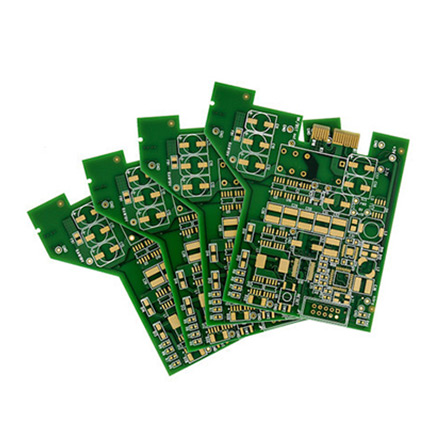

The Aesthetic and Functional Appeal of Dark Grey Float Glass
In the world of architecture and design, materials play a crucial role in shaping not only the visual identity of a space but also its functionality. Among these materials, glass has emerged as a versatile choice, beloved by architects and designers alike. One variant that has gained significant traction in contemporary projects is dark grey float glass. Its unique characteristics make it an excellent choice for both aesthetic and practical applications.
Float glass, a type of glass that is produced using a process that involves floating molten glass on top of molten tin, results in a smooth and flat surface. The dark grey tint enhances this smoothness while providing a sophisticated coloration that adds depth to various designs. Its neutral yet dark shade can seamlessly blend with various color palettes, making it suitable for a wide range of architectural styles, from minimalist to industrial.
Aesthetically, dark grey float glass offers a contemporary appeal that can elevate any space. Its reflective nature allows it to interact beautifully with natural light, creating dynamic visual effects throughout the day. As sunlight filters through or bounces off the surface, shadows and reflections dance across the surroundings, adding an element of intrigue and fluidity. This can particularly enhance urban environments, where buildings constructed of dark grey float glass can create a striking contrast against the often-vibrant backdrop of city life.
Moreover, the use of dark grey float glass can provide an unparalleled sense of privacy without sacrificing natural light
. Its tint allows for a degree of translucency, making it a perfect option for spaces that require seclusion while still maintaining a connection to the outside world. Offices, conference rooms, and even residential bathrooms can benefit from this unique feature, allowing occupants to enjoy the beauty of their surroundings without jeopardizing their privacy.
In addition to its aesthetic value, dark grey float glass is also an excellent choice for energy efficiency. In today’s environmentally conscious world, architects and builders are increasingly seeking materials that contribute to sustainability. Dark grey float glass helps in regulating temperature within buildings by reducing glare and keeping indoor spaces cooler in warm conditions. By minimizing the reliance on artificial cooling systems, it can lead to significant energy savings and reduce a building's overall carbon footprint.
Durability is another salient feature of dark grey float glass. It is resistant to weathering and can withstand the rigors of various environmental conditions. This makes it a suitable choice for both exterior and interior applications, from curtain walls and windows to interior partitions and balustrades. Its robust nature ensures that it retains its visual appeal over time, standing up to the challenges posed by exposure to the elements.
Furthermore, the rise of modern technology has facilitated innovations in the glass industry, allowing manufacturers to enhance the properties of dark grey float glass. Advances in thermal and acoustic insulation mean that this material can be engineered to meet specific performance requirements without compromising on its visual charm. This makes it a prime candidate for modern buildings that prioritize comfort and environmental responsibility.
In conclusion, dark grey float glass represents a perfect fusion of aesthetic beauty and functional utility. Its sophisticated appearance can transform interiors and exteriors alike, while its practical advantages contribute to energy efficiency, durability, and privacy. As architectural designs continue to evolve, the demand for versatile materials like dark grey float glass will undoubtedly remain strong, catering to the needs of contemporary architecture while making a lasting impact on our built environment. Whether used in sleek office buildings, luxurious residences, or vibrant public spaces, this material not only reflects light but also the aspirations of modern design.